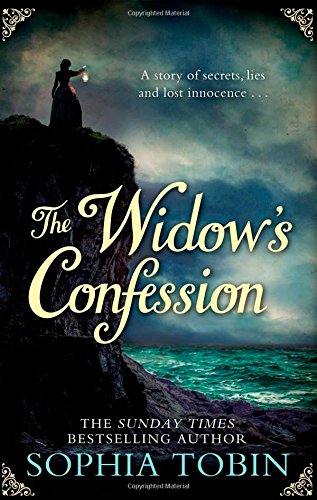The Widow’s Confession
In the summer of 1851, a disparate group of “incomers” converges on the seaside resort of Broadstairs. American widow Delphine Beck is running from her past, accompanied by her cousin Julia. Edmund Steele is there, partly to escape a romantic entanglement, and partly to keep a protective eye on his host, Theo Hallam, a repressed young clergyman. Married but louche artist, Ralph Benedict, is searching for inspiration, while Theo’s aunt Mrs Quillian and the mysterious Miss Waring, and her beautiful niece Alba, seem to be there purely as tourists. They might have been just passing acquaintances, but the discovery of a girl’s body on the beach draws them together and forces them to face aspects of their past that they are trying to forget.
Tobin’s second novel is an atmospheric evocation of the Kent coast and is obviously well researched. But I found myself struggling to engage with its characters, particularly with Delphine, who ought to be its heart. The novel switches frequently between her “confession” and a rather detached third-person narration that shows the characters’ actions while denying access to their thoughts or emotions.
At times I felt I was being wrenched too abruptly from one character’s head to another and that, paradoxically, it would have been easier for the author to win empathy for her heroine, whilst keeping her past a secret, if more of the book had been written in the first person. It might even have been a good idea to reveal Delphine’s secret earlier, since by the time it came out, it felt a little anticlimactic – or is that just because I’ve read so much Edith Wharton? While this novel didn’t grip me as much as I expected, it might well be a book worthy of a second reading.










